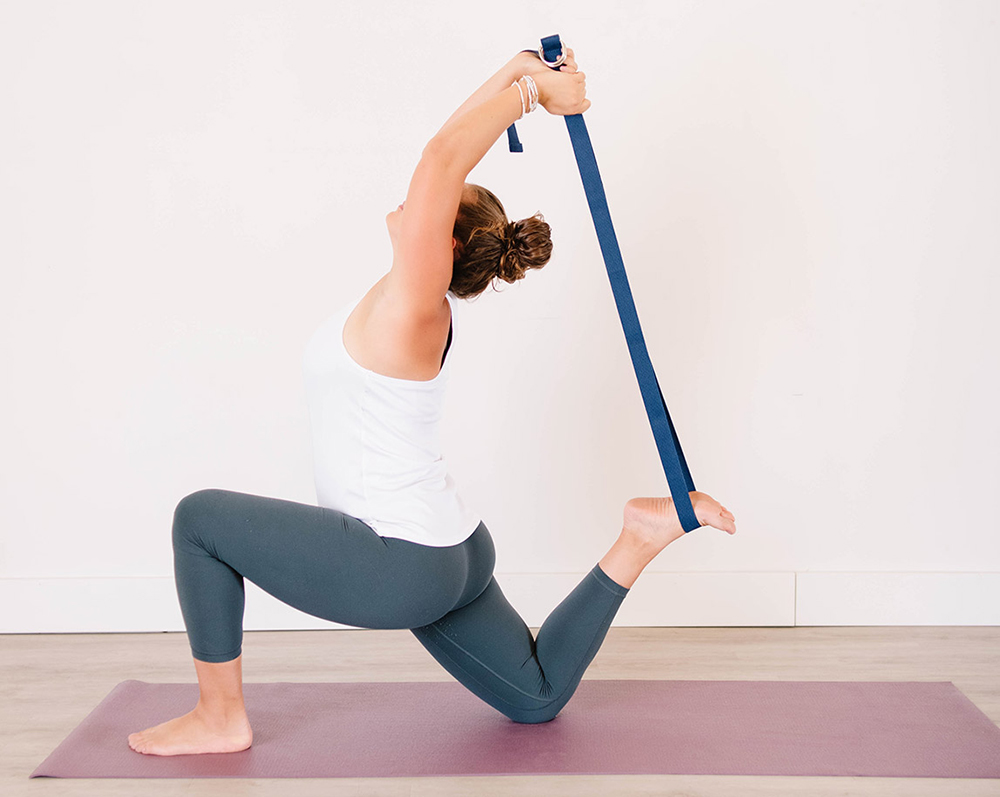
Range of Motion is Different For Everyone
Have you ever wanted to get into an intermediate or advanced yoga class and been told that you had to be able to do Lotus Pose, or do Upward Bow Pose (Urdhva Dhanurasana) with straight arms? I’ve never been a fan of this type of classification. Not only does it ignore one’s body/mind connection, it also denies the wide range of variation among people’s bony structures. Range of motion is not the only thing that makes for a committed yoga practitioner.
Reality is, some people will never be able to rotate their femur bones to the position necessary for Lotus Pose. This is because of the depth and orientation of their hip sockets—not because of their muscle flexibility.
Same with Upward Bow. Some students’ humerus bones will hit the scapula before the arms are vertical. This all depends on the shape of the acromion processes of their scapulae. These people will never be able to do Upward Bow with straight arms. Again, this has nothing to do with flexibility. It’s structure. An enlightened yoga student may still not be allowed in an “advanced” class because they can’t do Upward Bow with straight arms!
It’s All About Balance
Even though asana practice is associated with having stellar range of motion, too much flexibility is actually as much a state of imbalance as being too stiff. Our joints are designed to move within a healthy range. Those parameters are different for different people, since we’re all built differently. This is why it’s not at all helpful to compare yourself to the person next to you in class.
In an article titled “‘Hip Openers’ in Yoga? (Please, Let’s Stop the Madness),” Dr. Ginger Garner, PT, explains that for most of us, consistently moving to our end range of motion creates a flexibility imbalance. She states that it also makes it impossible for us to stabilize.
“It is not helpful to the many people to think they only need to “stretch out a tight hip,” when in fact, they have bony and structural idiosyncrasies that prevent them from ever moving into certain yoga postures. Sure, soft tissue structures can be inhibiting hip range of motion but rarely is it helpful to put the bony parts of the hip in vulnerable end ranges. We aren’t going to force or bully the tissue to deform under these kind of extreme tensile loads, and 99% of the time, the average person (unless you are an elite athlete) isn’t going to be able to stabilize yoga postures in end ranges of motion. Typically, the capsule, ligaments, and cartilage will bear the load, including the bony structures, and they have a finite shelf life for handling that kind of adverse stress.”
Adjusting to the Changing Nature of Our Bodies
As I age, I become much more interested finding balance for my body than I am in practicing fancy poses. For my naturally flexible body, balance comes from stabilizing my body—building strength in my core and my limbs—and creating cohesion. Since my range of motion is outside of the normal parameters, balance for me is about containing flexibility. A person with a naturally stiffer body finds balance by increasing flexibility.
Finding balance in your 30s is very different from finding balance in your 50s. As our bodies change, and as we become more aware over years of practice, we can learn to adjust to the changing nature of our bodies and minds. In 39 years of practice (and counting!) this is what makes it endlessly interesting for me. We’re always changing, and yoga has the capacity to adapt to where we are as long as we’re willing to listen.
Longtime yoga teacher Cora Wen published a great, informative article on realistic range of motion. Whether you practice or teach (and hopefully if you teach you do both!), take a look at this article. Assimilate it and truly understand it. The quality of your practice and your students’ health depends on it!
